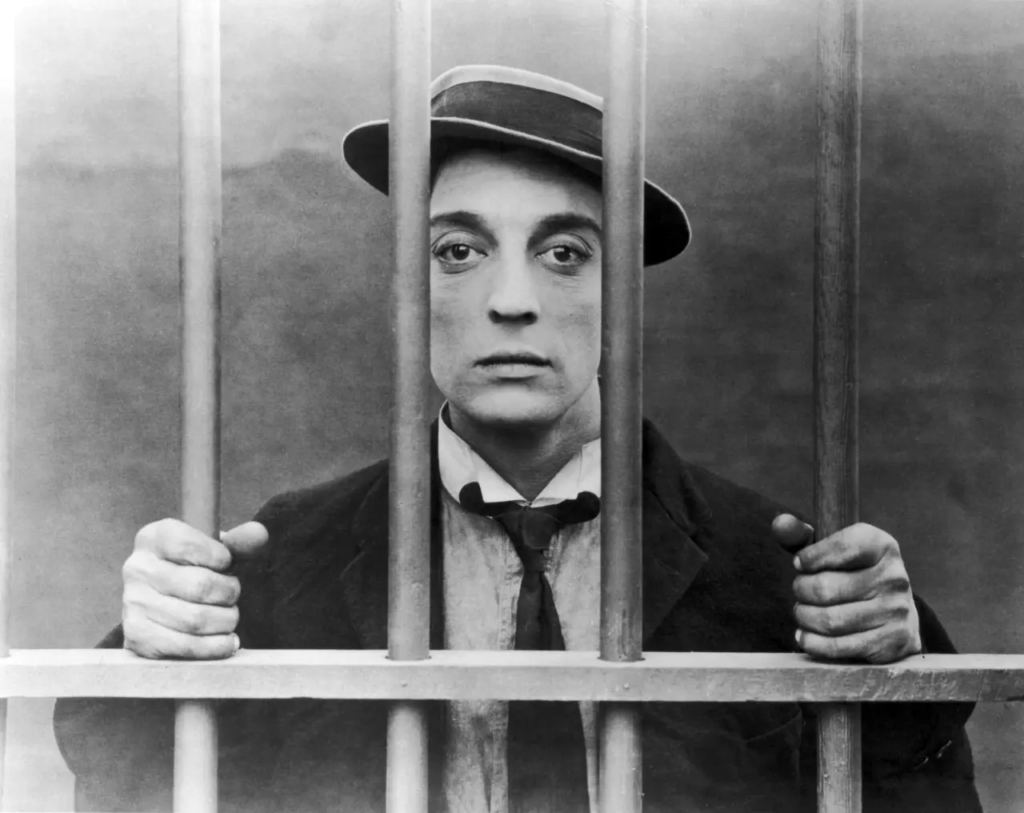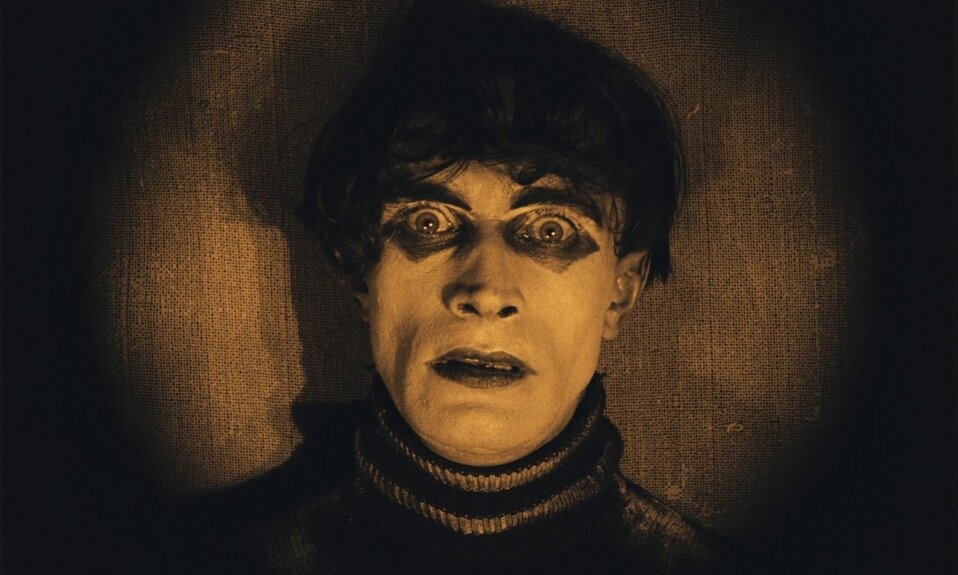Soviet Montage pioneered a unique editing technique that used the juxtaposition of shots to create meaning and evoke emotional responses from the viewer. Filmmakers like Sergei Eisenstein and Dziga Vertov emphasized the power of editing in shaping the narrative.
The concept of montage as a powerful storytelling tool spread globally, influencing filmmakers across different countries and genres. Its emphasis on editing as a key element of filmmaking opened up new possibilities for constructing narratives.
For aspiring filmmakers, understanding and mastering the power of montage is absolutely essential. The Soviet montage movement emphasized that it’s not only about what you capture on camera but also how you arrange those shots and movements to convey your narrative effectively.
Today, all contemporary filmmakers employ this technique of montage in various ways to construct their narrative. For example, Edgar Wright in “Baby Driver” incorporates fast-paced editing and visual montages to create dynamic and rhythmic sequences, setting the stage for a fast-paced action film.
Remember the training scene from the film “Rocky,” where the protagonist is shown progressively improving his boxing skills through a series of shots depicting his rigorous training routine. These are some examples of montages that have derived from a movement called Soviet Montage.
However, it is crucial to explore the foundational works that laid the groundwork for a medium that continues to be relevant and widely utilized by filmmakers worldwide. To truly grasp the impact and significance of Soviet Montage, I recommend watching two seminal films: “Battleship Potemkin” (1925) directed by Sergei Eisenstein and “Man with a Movie Camera” (1929) directed by Dziga Vertov.





